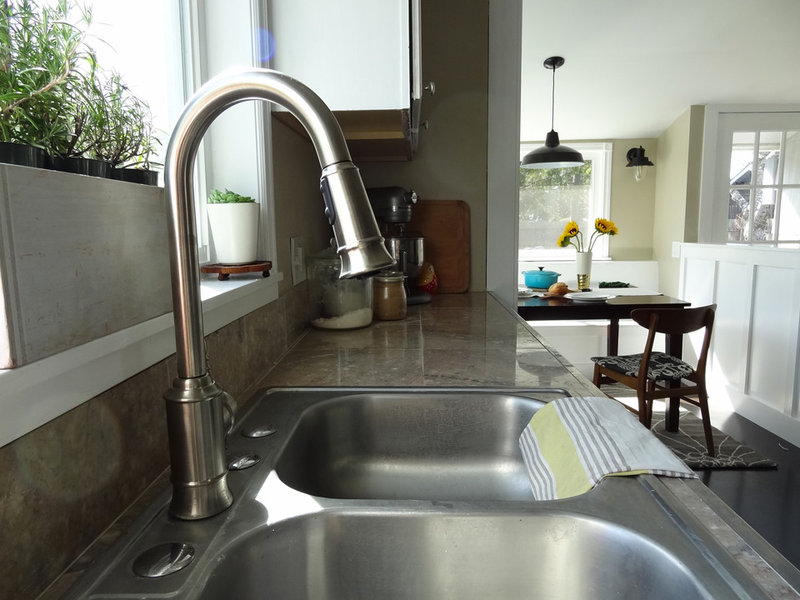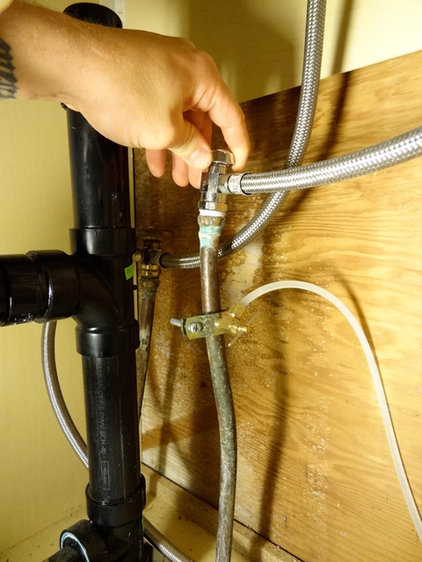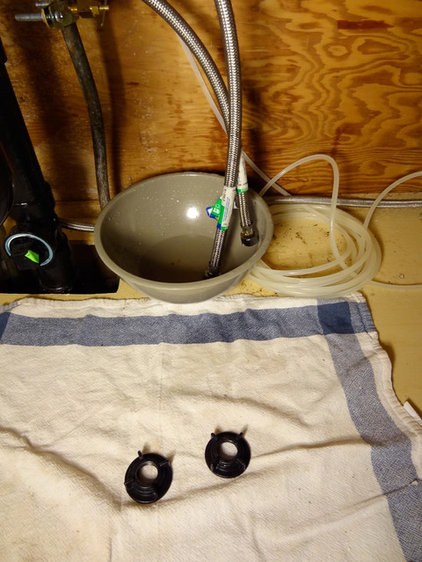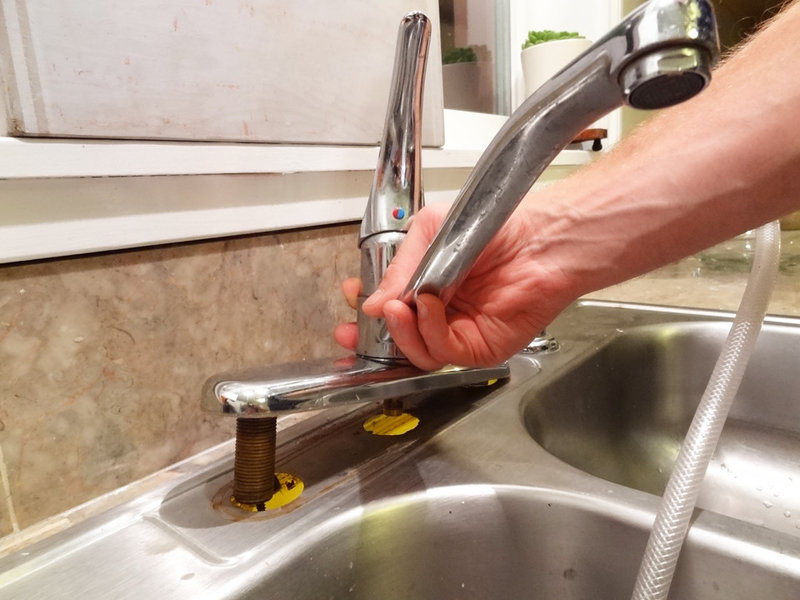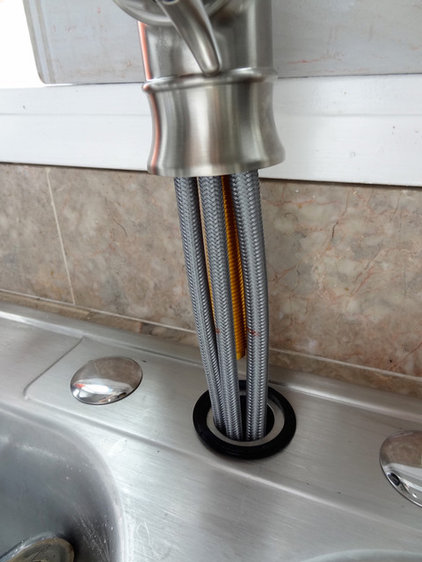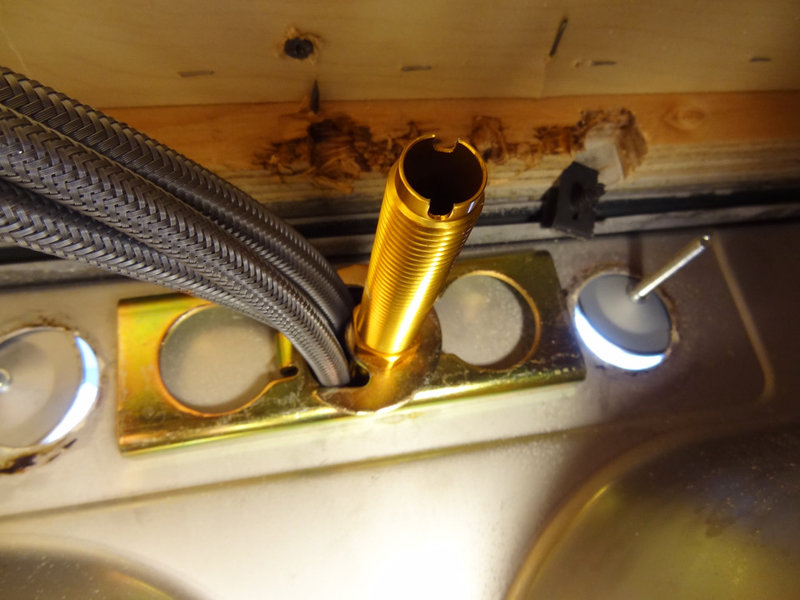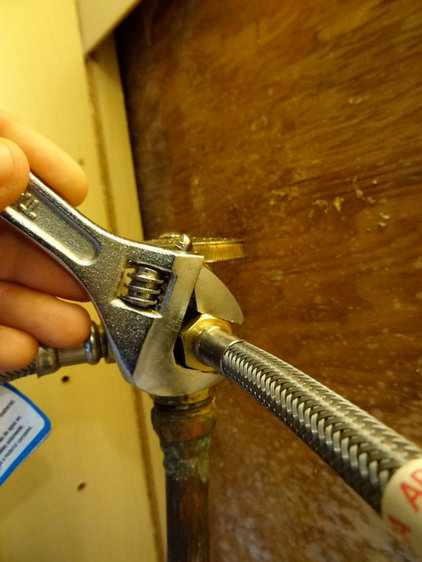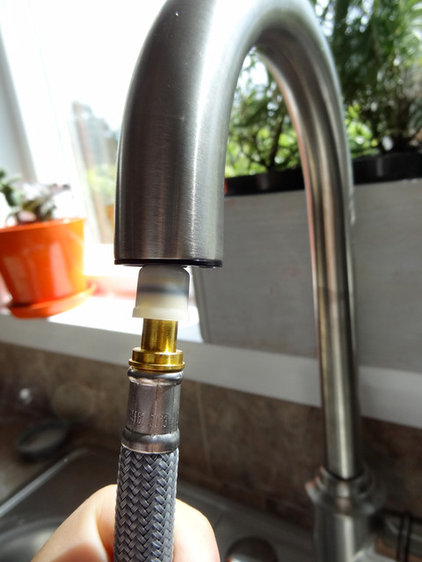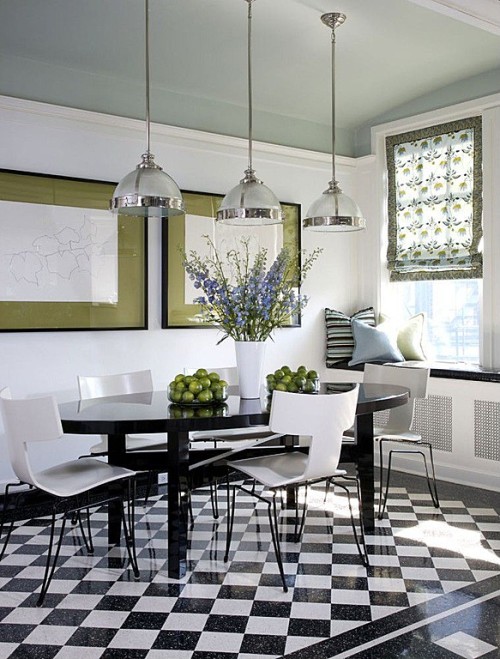The following is an excerpt from The Urban Homestead by Kelly Coyne and Erik Knutzen (Process Media, 2010). Homesteading from their bungalow two blocks off of Sunset Blvd. in Los Angeles, Coyne and Knutzen offer up scores of tips and step-by-step projects for sustainable, self-reliant living in a bustling metropolis. With more and more urbanites looking to become farmers and gardeners, Coyne and Knutzen’s fantastic guidebook couldn’t be timelier, and the duo’s lighthearted, thrifty approach to self-sufficiency shows there is greater power and happiness in creating than in spending. This excerpt is from Chapter 2, “Essential Projects.”
These containers make it easy to grow vegetables in pots. They are ideal for apartment gardening, but are so useful that everyone should consider using them to maximize their growing space.
The problem with growing food in pots is that pots dry out quickly and it’s all too easy to forget to water. Irregular watering causes all sorts of problems for sensitive fruits and vegetables. Container gardening is also water-intensive. During a heat wave it may mean visiting the plants with the watering can two or even three times every day — obviously not a practical scheme for someone who works away from home, or someone with any kind of life at all.
An elegant solution exists in the form of self-watering containers. Rather than having a hole in the bottom of the pot, a self-watering container (SWC) has a reservoir of water at the bottom, and water leaches upward into the soil by various mechanisms, keeping it constantly moist. The top of the pot is covered with a layer of plastic that discourages evaporation. Depending on how deep the water reservoir is, it’s possible to go about a week between fill-ups. This arrangement, combined with the plastic layer, prevents both over-watering and under-watering that can occur with conventional pots. In other words, it takes the guesswork and anxiety out of watering.
Kelly says: I’m going to tell you right now that you can buy yourself a self-watering container at earthbox.com. It’s great to make SWCs with found materials and all, but if these instructions make your eyes cross, or if you just don’t have time, there is no shame in trotting off with your credit card and ordering a couple of these ready-made. They start at about $40.
Erik says: Au contraire, ma petite amie! All it takes is two 5-gallon buckets, a few other easily scavenged items and about an hour’s worth of time. Those Earthboxes are damned expensive and my time is cheap.
A few years back, an Internet hero named Josh Mandel figured out several different techniques for building DIY self-watering containers out of old buckets, soda bottles, storage tubs, etc. His plans are widely disseminated online, and you’ll find links to his instructional PDF files on our website.
Inspired by Mandel’s methods, we started making our own self-watering containers. Each SWC is a little different, because each one, being made of found materials, is an improvisation. We’re going to show you how to make a simple SWC out of two 5-gallon buckets. (See several of these 5-gallon self-watering containers in use on a Chicago rooftop garden.) After you have the basic principles down, improvising future containers on your own out of whatever you have on hand should be easy.
The 5-gallon size described is good for one big plant. Try a basil plant in it, especially if you like pesto. Basil thrives with the steady moisture, as does Italian parsley, so both herbs grow huge in SWCs. Or plant a tomato, but be sure it is a small tomato. Look for types designated “patio” or “basket” tomatoes. These are bred to perform well in tight conditions. A 5-gallon container may seem big, but tomatoes have some of the deepest roots of all vegetables. If you plant an ordinary tomato in a SWC, its roots may find their way into the reservoir, and then it would become waterlogged.
For your next project, we recommend that you visit Josh Mandel’s PDFs for instructions on how to construct a larger, slightly more complex container out of 8- to 10-gallon storage tubs. That size SWC is good for growing a little salad garden, a stand of greens, a patch of strawberries or even a blueberry bush.
5-Gallon Self-Watering Container Instructions
It all starts with providing a water reservoir at the bottom of your container. You can do this either by nesting two containers together (the top one holds soil, the bottom one water), or by making some kind of divider that sits toward the bottom of a single container and holds the soil above the reservoir. However you construct it, the barrier between the soil and water should be full of small holes for ventilation.
The water is pulled up from the reservoir and into the soil by means of something called a wicking chamber. This can be a perforated tube, a basket, a cup or anything full of holes that links the soil to the water. The soil in the chamber(s) becomes saturated, and it feeds moisture to the rest of the soil.
The reservoir is refilled by means of a pipe that passes through the soil compartment down to the very bottom of the container.
The last essential element is a hole drilled into the side of the container at the highest point of the reservoir. This is an overflow hole that prevents you from oversaturating your plants.

